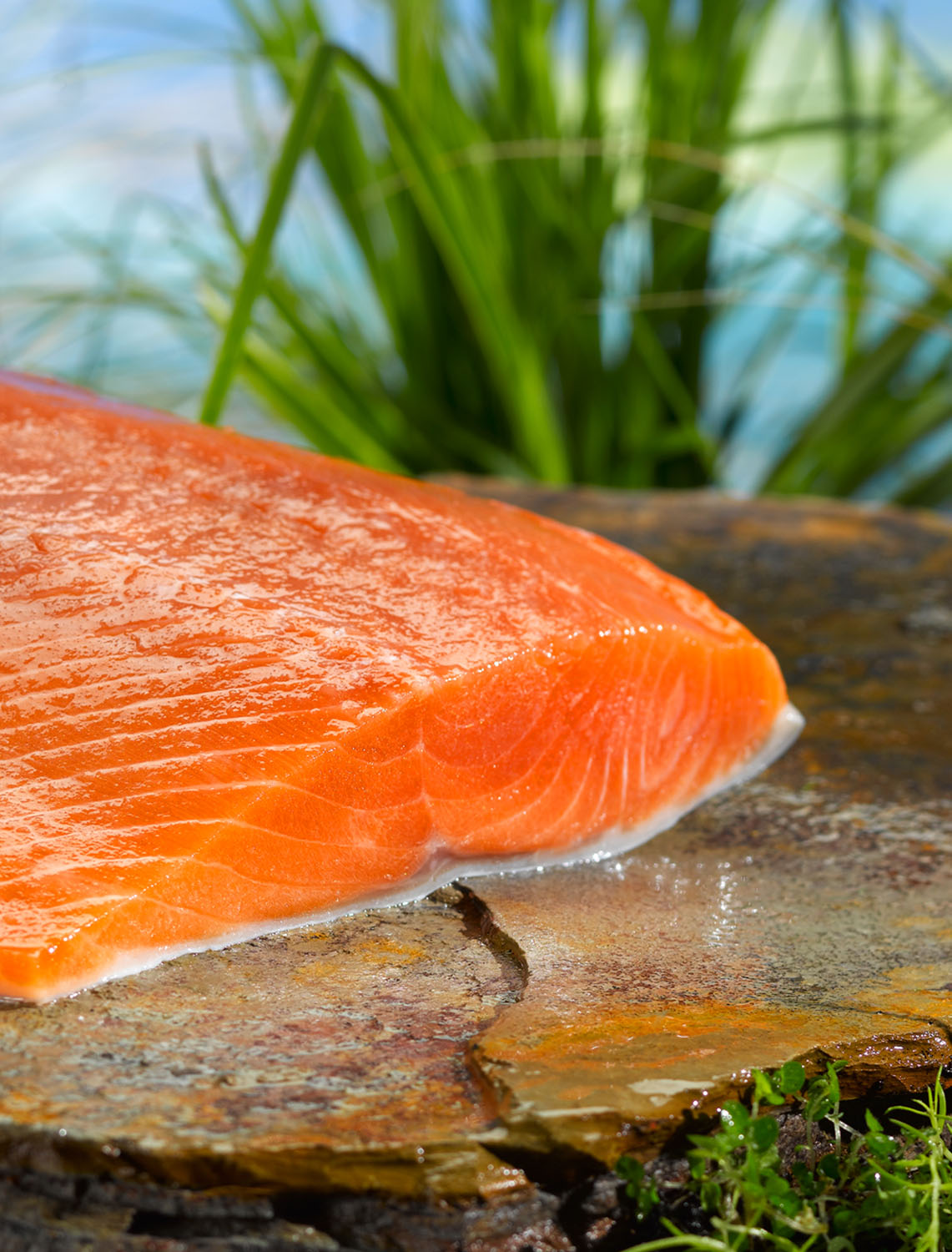Share This
(photo and recipe via Kwik’Pak Fisheries)
Many of us who have moved to the U.S from warm, tropical climates may have once had the luxury of fresh fish at every corner store. As a young child, it seemed that fishermen would simply go out nightly, throw their lines in the ocean, and can come back the next morning with glorious fresh fish, perfect for that night’s supper.
But times have changed. Here in most parts of the U.S., abundant fresh fish is not available. However, this does not mean your family has to eat less fish and miss out on valuable nutrients such as Omega 3s.
The good news is the concept of “flash frozen” fish is gaining acceptance and popularity in the marketplace — and for good reason. It’s delicious! “Flash frozen” refers to foods that have been frozen very quickly, in a matter of seconds, while out at sea on the fishing boat. This allows all of the freshness to be maintained, sealed in ice until the consumer defrosts the item for use in his/her kitchen.
While you may have thought the sign “previously frozen” was a signal to avoid that fish, think again. Frozen seafood can be just as high in quality as fresh fish.
Purchasing frozen foods is an economical time saver. In addition to delicious ‘flash frozen’ fish, try stocking your freezer with an assortment of frozen fruits and vegetables or even bread. They are perfect for evenings when you want to throw a quick-yet-healthy meal together. Look for varieties that are flash-frozen and unprocessed.
Wild Yukon River Salmon with Autumn Slaw
*makes 4 servings*
Ingredients
- 4 6oz. salmon fillets (flash frozen)
- 1 zucchini
- 1 yellow squash
- 1 carrot
- 1 red bell pepper, julienned
- ½ cup soy sauce
- ½ cup dijon mustard
- ¼ cup lime juice
- 1 tablespoon sesame seeds
- 2 cloves garlic, minced
- Salt and pepper to taste
- Olive oil as needed
- Defrost salmon according to package instructions. Heat a non-stick pan over high heat. Season salmon fillets with salt and pepper and rub with olive oil. Place flesh side down into skillet and press firmly for 10 seconds. Continue to sear for 2 minutes.
- Transfer the skillet into a 400 degree oven for 8-10 minutes until salmon reaches 125 degrees or desired temperature.
- While the salmon is finishing in the oven, julienne the squash and zucchini. The finished product should look like long strands of pasta. Add these to the mixing bowl and toss with olive oil, salt and pepper.
- For the dressing, combine the soy sauce, mustard, lime juice, sesame seeds and garlic and mix with a whisk.
- To serve, place salmon fillets on serving dishes. Build a nest of julienned vegetables on top of the salmon then drizzle the soy dressing around the plate and over the top of the vegetables.


Add a Comment